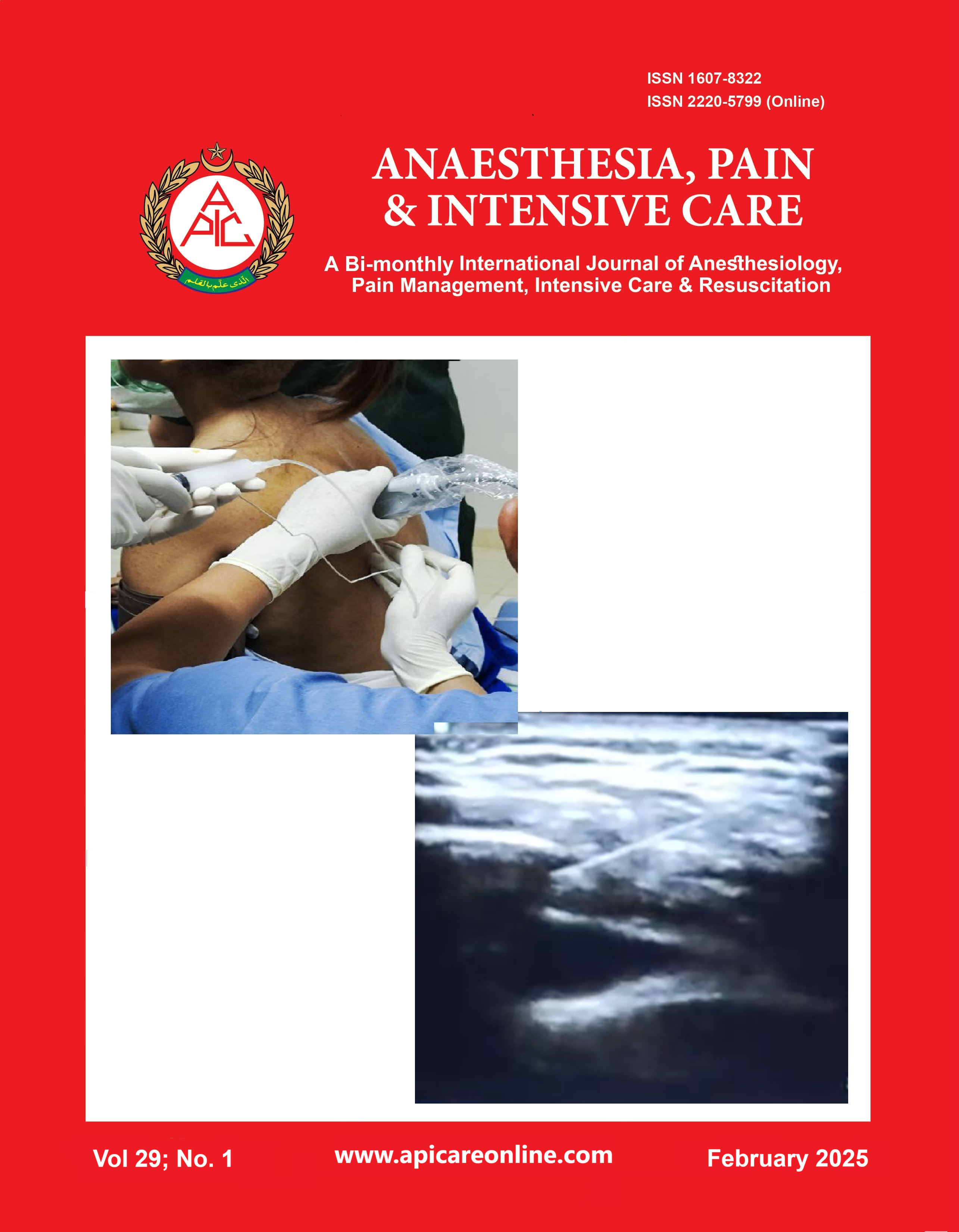A prospective, observational study of changes in endotracheal tube cuff pressure according to different patient positions in neurosurgery
Abstract
Objective: Underinflation of the cuff of endotracheal tube (ETT) used during general anesthesia can cause complications such as air leakage and aspiration during ventilation. At the same time, overinflation can lead to serious complications such as postoperative sore throat, tracheomalacia, and tracheal rupture. In this study, we aimed to evaluate the effect of different surgical positions, e.g., prone, supine, and semi-fowler positions, on ETT cuff pressure and the effect of cuff pressure changes on postoperative sore throat in neurosurgical operations.
Methodology: We included a total of 150 patients (50 patients each in two groups) undergoing neurosurgery in prone, supine, and semi-fowler positions in this prospective and observational study. After intubation, ETT cuff pressure was adjusted to 25 cmH₂O with a manometer (T0), and continuous monitoring was provided by connecting to the transducer via a three-way tap. We recorded the cuff pressure immediately after positioning the patient (T1), before correcting the position (T18), and after correcting the position (T19). We evaluated patients for sore throat using the Visual Analog Scale (VAS) after extubation and at the 1st, 12th, and 24th postoperative hours.
Results: After positioning, cuff pressure increased only in the pronated group, whereas it decreased in the other groups. The difference between the prone and semi-fowler groups was statistically significant (P = 0.042). During the follow-up period, it was determined that the cuff pressure decreased over time in the prone and semi-fowler groups and increased from time to time in the supine group, but the cuff pressures before extubation in all three groups were significantly lower than the initial values (P < 0.001). The supine group had the highest sore throat VAS score at the 24th postoperative hour, and this difference was statistically significant (P = 0.017).
Conclusion: To ensure patient safety, we recommend making continuous cuff pressure monitoring a routine practice, given that ETT cuff pressure may vary depending on the patient position.
Keywords: Position, Prone, Supine, Semi-Fowler, Endotracheal Cuff Pressure, Sore Throat
Citation: Oktem SS, Sahap M, But A. A prospective, observational study of changes in endotracheal tube cuff pressure according to different patient positions in neurosurgery. Anaesth. pain intensive care 025;29(1):85-90.
Received: May 09, 2024; Reviewed: October 26, 2024; Accepted: January 01, 2025














